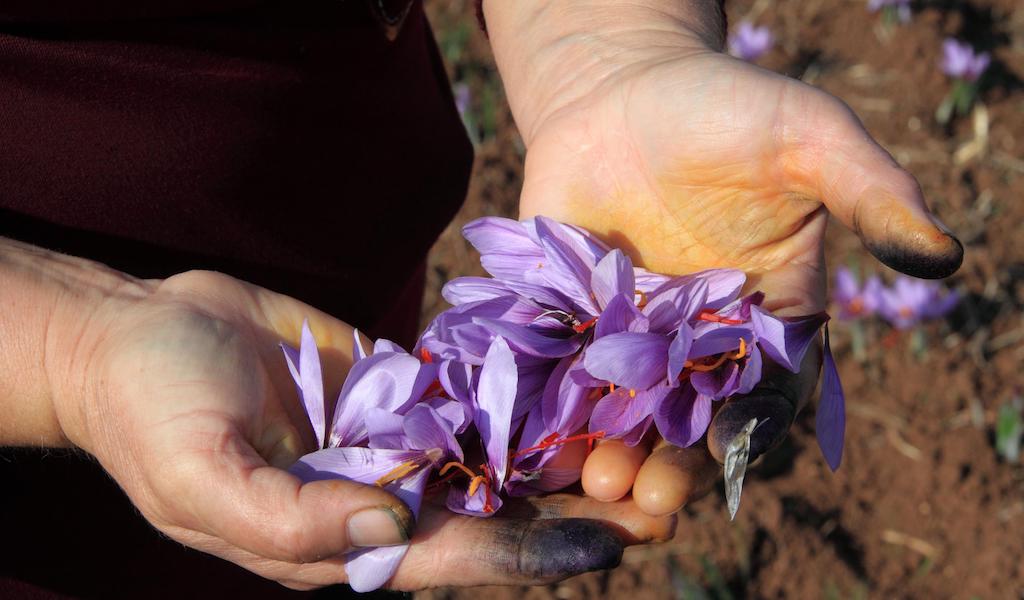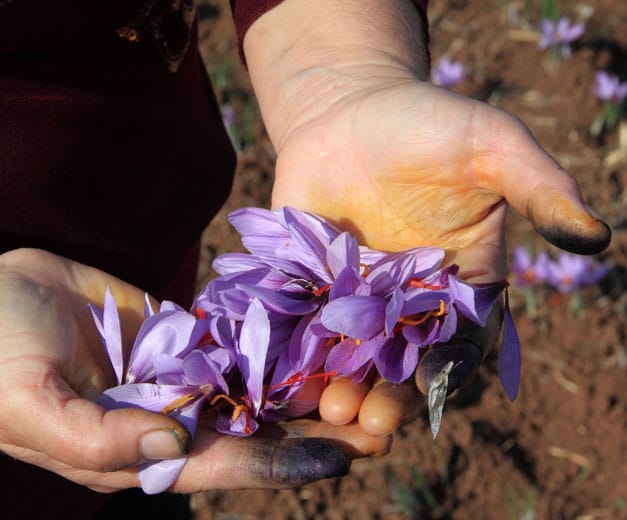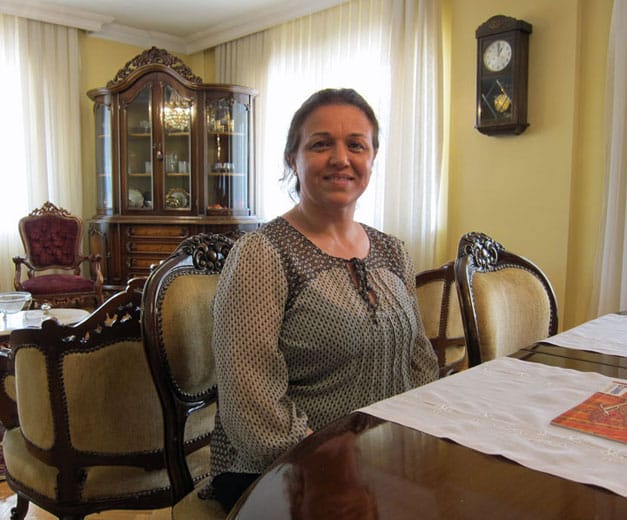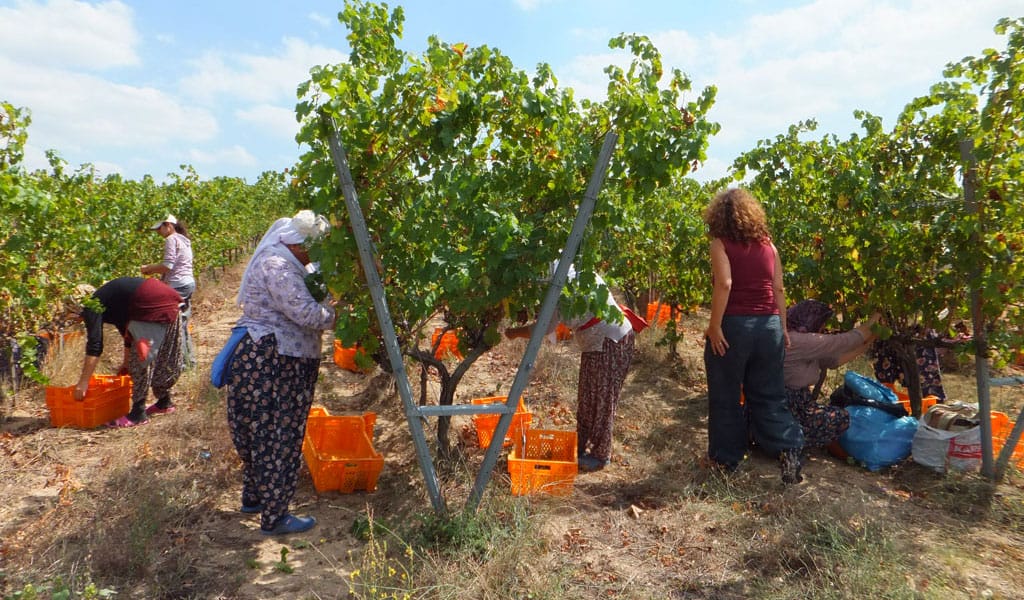Let us begin with a little Greek mythology. Hermes – son of Zeus, god of thieves and commerce and messenger of Olympus – and Krokos, a mortal youth, were best friends. One day, while the two friends were practicing their discus throwing, Hermes accidentally hit Crocus on the head and wounded him fatally. On the very spot where he was felled, a beautiful flower sprang up. Three drops of blood from Krokos’s head fell on the center of the flower, from which three stigmas grew. This is just one of many origin stories for Crocus sativus, or the saffron crocus, whose crimson stigmas are harvested to make the highly prized spice of the same name.
In ancient Greece, the saffron crocus was considered a rare pharmaceutical plant. Mentions of it in medical writings date from classical Greek and Roman times all the way through the Middle Ages. Hippocrates and others have noted saffron’s uses as a natural painkiller, aphrodisiac, wound healer and remedy for upset stomach or insomnia.
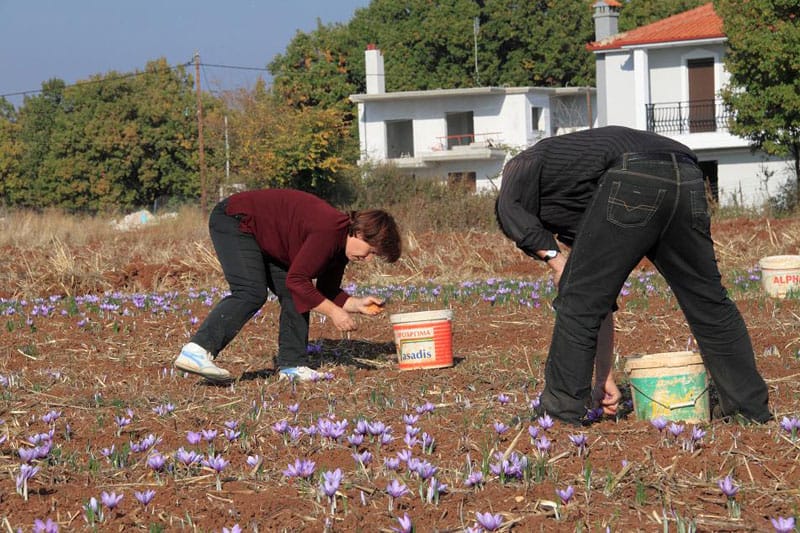
For more than 300 years, the Greek crocus has been methodically cultivated in the rich soils of an area that connects 40 neighboring villages known collectively as Krokohoria (Crocus Villages) in Kozani, on the plains of western Macedonia. The Kozani Saffron Cooperative, founded in 1971, consists of 1,000 members and has the exclusive right to collect, pack and distribute Kozani saffron. Here, they produce 6 to 9 tons of organic krokos kozanis (Greek red saffron, which has a protected designation of origin) each year. Saffron is grown in many other countries, including Spain and Italy, and Iran leads with more than 90 percent of total production. Greece’s share is small but highly sought after – so much so, in fact, that these crocus farmers have prospered through the economic crisis.
Krokos kozanis isn’t cheap, but a little goes a long way.
In late summer or early fall, farmers here plant the crocus’s small bulbs when the temperature is just right. The flowers reach full blossom in mid-October, carpeting the fields of Kozani with spectacular blue-purple blossoms.
Harvesting saffron is not an easy task. At first daylight, flowers pop up, and workers carefully walk through the fields, methodically bending over to collect plants for hours, placing them first in cloth bags and then in large baskets. A skilled worker can collect up to 20,000 flowers in a single day. When the sun sets, the workers leave to rest and return the next morning to harvest again.
Not all the workers get to go home, however; the stigmas must be extracted and dried on the same day the plants are harvested. Though saffron producer George Lalos is in the fields at 7:30 a.m. and picks all day, he and other farmers stay up until 2 a.m. every night, taking the plants to dedicated warehouses, where a centrifuge separates the flower petals from the stigmas. They handpick the stigmas and separate them by color: bright red stigmas are first class, while lighter-colored orange-yellow ones are second. Not all stigmas make it to market. All the stigmas are transferred onto a wooden plank in order to dry overnight in a well-ventilated room. Lalos and the others then sleep for a few hours and return to the fields at 7:30 a.m. They repeat this intense cycle for three to four weeks.
 It takes 150,000 flowers to produce 1 kilogram of dried crocus stigmas, which makes saffron the most expensive spice in the world. Saffron is exported everywhere around the world to use not only in cooking, but also as a natural textile dye, in the cosmetics industry and also for religious purposes in China and India. Interestingly enough, saffron is not much used in Greek cooking, not even in Macedonia, where it might be used only to flavor some coffee or tsipouro. While Greeks might add a little of the spice to rice or baked orzo, they are more likely to buy saffron to make paella or bouillabaisse.
It takes 150,000 flowers to produce 1 kilogram of dried crocus stigmas, which makes saffron the most expensive spice in the world. Saffron is exported everywhere around the world to use not only in cooking, but also as a natural textile dye, in the cosmetics industry and also for religious purposes in China and India. Interestingly enough, saffron is not much used in Greek cooking, not even in Macedonia, where it might be used only to flavor some coffee or tsipouro. While Greeks might add a little of the spice to rice or baked orzo, they are more likely to buy saffron to make paella or bouillabaisse.
When we’re looking to buy Kozani saffron in Athens, we head to Pantopoleion tis Mesogeiakis Diatrofis, a wonderful shop that sells all kinds of excellent Greek food items made by small producers. Krokos kozanis isn’t cheap, but a little goes a long way.
Editor’s note: It’s Harvest Week at Culinary Backstreets, and we’re sharing some of our favorite stories, past and present, about the harvest. This piece on the saffron harvest in Kozani was originally published in November 2014.
This article was originally published on October 23, 2018.
 November 3, 2014 CB on the Road
November 3, 2014 CB on the Road
Let us begin with a little Greek mythology. Hermes – son of Zeus, god of thieves and […] Posted in Athens May 19, 2014 CB on the Road
May 19, 2014 CB on the Road
The cuisine of Antep deserves every bit of the praise it receives. In the southeastern […] Posted in Istanbul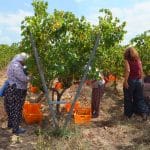 October 5, 2019 Wine Harvest Week
October 5, 2019 Wine Harvest Week
Zeynep Arca Şallıel had a successful career in advertising in Istanbul, but in 1995 she […] Posted in Istanbul
Ilias FountoulisIlias Fountoulis
Published on October 06, 2023
Related stories
November 3, 2014
Athens | By Ilias Fountoulis
AthensLet us begin with a little Greek mythology. Hermes – son of Zeus, god of thieves and commerce and messenger of Olympus – and Krokos, a mortal youth, were best friends. One day, while the two friends were practicing their discus throwing, Hermes accidentally hit Crocus on the head and wounded him fatally. On the…
May 19, 2014
IstanbulThe cuisine of Antep deserves every bit of the praise it receives. In the southeastern city known as the gastronomic temple of Turkey, the world’s most refined kebab traditions are obsessively guarded by a cadre of traditional ustas in the local grilling institutions. Baklava workshops are steeped in an odd mixture of science and voodoo that would…
October 5, 2019
IstanbulZeynep Arca Şallıel had a successful career in advertising in Istanbul, but in 1995 she decided to take on a daunting new challenge: taking part in the revival of small-scale viniculture in the ancient winemaking region of Thrace.“I wanted to do something with soil, something that mattered a little bit more,” she says. Her father…







































